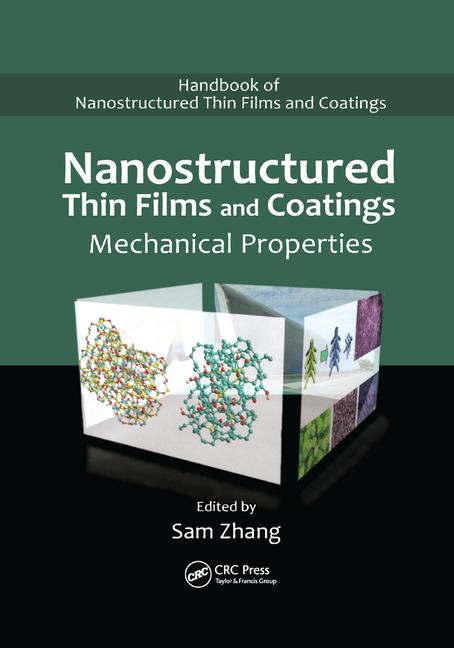High-production Class A paint shops the world over are investing in the finest filtration equipment for fluid and air paint transfer efficiency, the best in pumps, robotic spray applicators and spray guns, as well as the investment made in experienced employees.
Creating perfect liquid coating finishes is probably one of the most difficult things to do in manufacturing. And doing it for every part, every day is especially challenging. Paint facilities are expensive to construct, expensive to operate, and have their own safety and environmental concerns. Additionally, the coating process creates its own worst enemy while it churns out part after part. One enemy to creating a perfect liquid coating finishing is dirt in paint.
Rather than fighting the problem, working on the details to minimize these challenges is critical. Design out the dirt traps and defect makers with a combination of the proper fittings, components, equipment, simplified processes, and repeatable robust production. These basic steps are now being employed in automotive production and parts manufacturing and, with the assistance of a skilled supplier base, are being carried over to other industries such as aerospace.
The primary benefits of these areas of planning and execution include: projects being completed with a minimal amount of schedule disruption and cost overruns; higher performance and lower operating costs during the life of the paint shop; and first time thru quality (FTTQ) will be increased, which will lower direct labor and facility energy costs as well as reduce long-term capital costs for repair facilities.
A Hypothetical but Realistic Situation
An automotive, furniture or cabinet plant invests about $200 million in a Class A, high-production paint shop. Using the proper fittings and components for the paint drops will probably cost about $200,000, about 1/1000 of the total project’s cost. However, the buyer finds low-cost components to work in the system that cost about 40 to 50 percent less, saving about $80,000 to $100,000. On face value, that appears to be a wise decision. However, the hidden problem is that these low-cost components are not smooth-bore and cavity-free, so they have hidden traps that will not always completely flush out during color changes or system shut downs. This results in dirt getting in the paint.
This size of operation will have paint repair booths to correct paint defects such as those caused by dirty paint. On average, a paint line that has these problems will experience up to a 10 percent or higher reject rate with a per-part repair cost of about $160. This means that the average shop producing 60 jobs per hour will send about six to a repair booth. This equates to $960 per hour in paint repairs or $7,680 per eight-hour shift and $107,520 after just 14 shifts. If the plant is running two shifts per day, times 250 working days per year, then that can add up to $3,840,000 in paint repairs per year, much more than the original savings of buying low-cost fittings and components.
Those That Are Doing It Right
For several years, GM has set an excellent example by using a team approach in its new paint shops. The team consists of a facilities constructor (ovens and booths, conveyors, and waste system processing), mechanical contractors for process piping/paint circulation systems, and an automation/controls company for the robots and other automation including interface to the booths and ovens and the paint circulation system.
The team approach formally knits together these three separate groups throughout the phases of planning, engineering, construction and commissioning. This is accomplished through integrated planning even before work begins, an agreement of risk sharing between all contracted groups in one pool and an overall performance rating for the entire project. In general, it has worked well, and GM has used it on its last three major paint shop updates and replacement projects.
Equipment
Utilizing experiences in existing facilities provides the best insight into the choice of equipment for most areas of the paint shop. Automation has been reinventing itself every 4-5 years with higher capabilities of painting robots. Sheet metal, ovens, conveyors, air handling and paint handling are somewhat more mature and consequently somewhat static in their development and delivery, but automation changes have influenced new ideas in these areas.
An example of this is the HRR (Hosco Robotic Rail) Manifolds system that gangs the paint supply or returns of two or three robots to one manifold. In the first installation of this at a GM facility, engineers noted the benefits of reducing drop piping by 50-67 percent, creating a quicker installation while lowering cost. The HHR Manifold’s design is smooth bore and cavity free, minimizing dirt in paint, reducing shear (enhancing color match) and reducing pressure loss in the drop from 15 psi delta P. This lowers paint circulation system operating pressures, making them safer while providing longer life between maintenance issues.
Simplified Processes
In this area, the three-wet process is the most powerful new development in today’s automotive production. Three-wet is shorthand for applying the primer-basecoat-clearcoat with a slight delay between each spray zone to adequately flash the coating levels without a full oven bake after each application. The three-wet process reduces paint shop size, conveyor lengths and substantially reduces energy consumption due to the elimination of two full-length body bake ovens.
Ford Motor Co. is a leader in this area with new three-wet systems being installed throughout the world. With this approach, paint shop footprints are significantly reduced, which reduces capital and operating expense over the entire useful life of each facility.
Another example of simplified processes is underbody sealer applications where a body is moved off its carrier robotically to create better access to spray application areas with no equipment in its proximity, which allows for increased cycle speed and reduced housekeeping or maintenance.
Repeatable/Robust Production Systems
New robot stations that provide tremendous application speed and repeatability are being developed and used throughout the world. Furthermore, modular build and assembly reduces construction and commissioning time at the jobsite from weeks to days. This capability helps eliminate the cost of last-minute changes as well as additional costs, because the production systems are fully tested at the vendor plant then quickly reassembled at the jobsite with a greater certainty that the components will operate as designed.
Most of today’s production systems are robotic; however, many machine builders for flat-line finishing or other forms of automation are gaining the similar skills that allow them to provide quick installations with high levels of dependability. Support equipment for these automation systems such as paint or sealer fluid material delivery sub-systems are being simplified and standardized while providing lower costs and higher dependability levels of these ancillary systems.
In summary, new production facilities in high volume/high quality industries are creating new levels of competitiveness on a worldwide basis. The competitive pressures of building in low-labor-cost markets have been diminished to some degree at least in the paint shops. This is due in large part to adherence to the benefits of controlling details and specifications of the equipment components employed in the systems; the incorporation of simplified processes developed and promoted by suppliers; and the integration of new more repeatable and robust production systems.







Report Abusive Comment